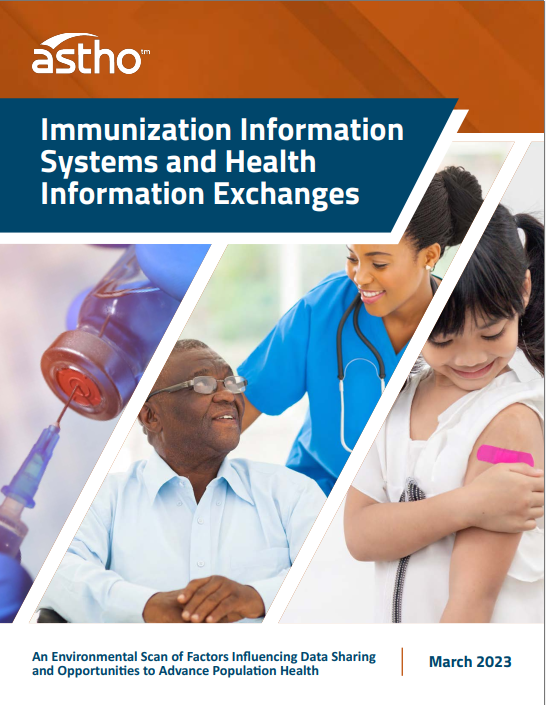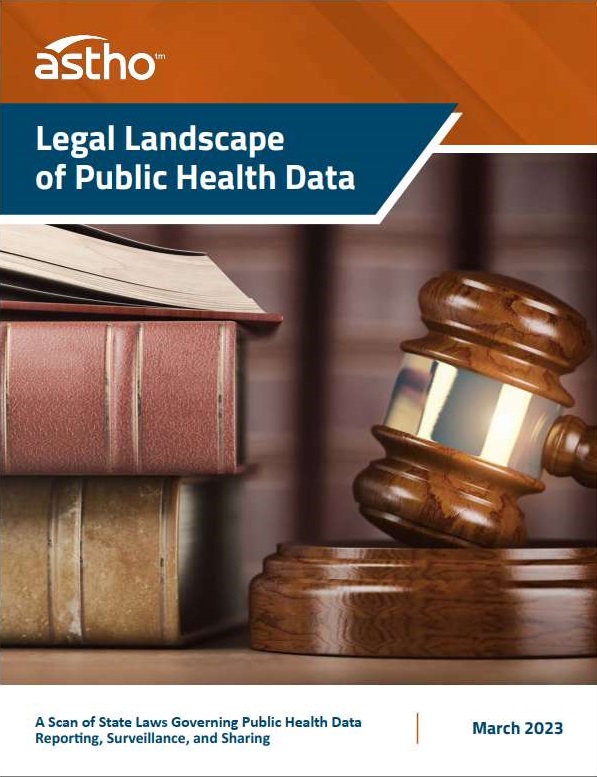The report does a good job, within its limitations, of describing both the IIS and HIE landscape alone and together. While IIS are largely uniform in their purpose, function, approach, and underlying technical standards, HIEs are all across the board in terms of their participants, scope, technical approach, and even purpose. It is not a simple picture, and the reliance on secondary sources that usually cover one topic or the other does not help assemble a coherent view. But nonetheless, the report presents the data as best as it can, with some good use of tables and maps, to convey the complex and varied nature of IIS-HIE collaboration.

When it comes to interoperability, most HIEs use technical standards that are largely foreign to IIS. And while some HIEs are merely message routers whose primary purpose is to facilitate the movement of data between sites, some HIEs follow a clinical repository model that builds a longitudinal data set that may be perceived to be in conflict with (or redundant to) IIS. I would have also expected to see more than just passing reference to some pretty major developments in the health information technology ecosystem that are expected to have major impacts on both HIEs and IIS in the coming years: FHIR, TEFCA, and the CDC IZ Gateway are the major ones that come to mind. This is just an environmental scan and not a policy document, but there is a lengthy list of Critical Considerations at the end which could use some focus and prioritization.
 The second report is titled Legal Landscape of Public Health Data: A Scan of State Laws Governing Public Health Data Reporting, Surveillance, and Sharing. This document reviews the broad legal landscape for four core public health areas: immunization, case and laboratory reporting, vital records, and syndromic surveillance. It provides a brief explanation of each domain, then some summary statistics about the requirements for participation by the clinical care community. This brief document provides a solid overview of where the country stands, though no specific citations are offered related to any particular jurisdiction’s laws or regulations. More detailed information is often available from the Network for Public Health Law.
The second report is titled Legal Landscape of Public Health Data: A Scan of State Laws Governing Public Health Data Reporting, Surveillance, and Sharing. This document reviews the broad legal landscape for four core public health areas: immunization, case and laboratory reporting, vital records, and syndromic surveillance. It provides a brief explanation of each domain, then some summary statistics about the requirements for participation by the clinical care community. This brief document provides a solid overview of where the country stands, though no specific citations are offered related to any particular jurisdiction’s laws or regulations. More detailed information is often available from the Network for Public Health Law.
This post was authored by Noam H. Arzt, and first published in the HLN Blog. It is reprinted by Open Health News with permission. The original post can be found here.
 In March 2023 the Association of State and Territorial Health Officers (
In March 2023 the Association of State and Territorial Health Officers (